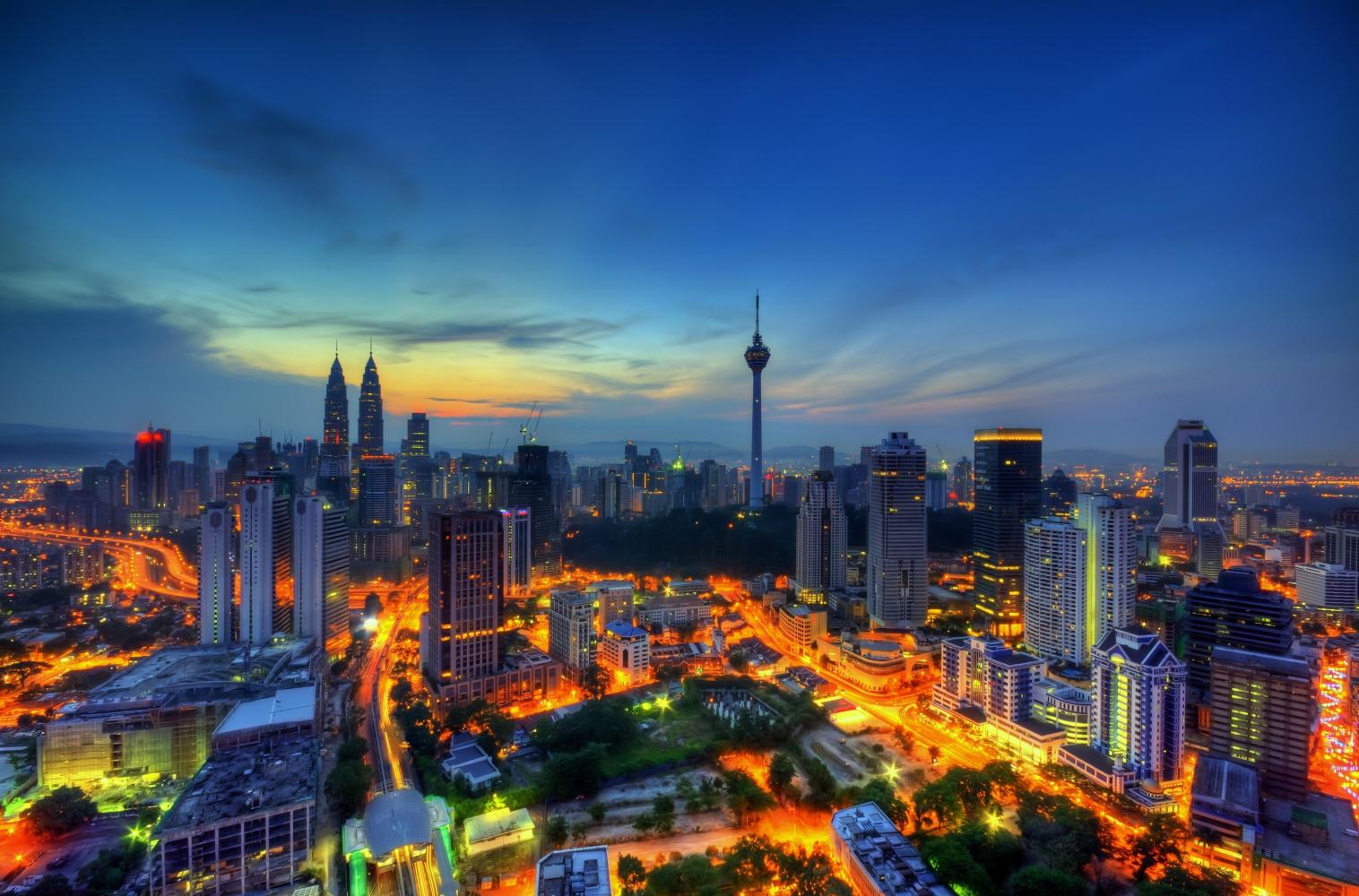Pre-19th Century:
- Prehistoric Era: Evidence suggests that the area around present-day Kuala Lumpur was inhabited by indigenous tribes, including the Orang Asli, who engaged in hunting, gathering, and early forms of agriculture.
- Early Settlements: While formal records are scarce, it's believed that small communities existed along the banks of the Klang and Gombak Rivers, drawn to the fertile land and abundant natural resources.
19th Century:
- 1820s-1830s: The region experienced increased activity with the discovery of tin deposits in the surrounding hills, attracting Chinese miners seeking their fortunes.
- 1857: Kuala Lumpur's history officially begins when a group of Chinese prospectors led by Yap Ah Loy established a settlement at the confluence of the Klang and Gombak Rivers.
- 1880s: Tin mining activity intensified, leading to rapid population growth as migrants from China, India, and the Malay Peninsula flocked to the burgeoning town.
- 1887: Kuala Lumpur was officially declared a town by the British colonial authorities, marking its transition from a small mining settlement to a recognized urban center.
- 1896: The British established Kuala Lumpur as the capital of the newly formed Federated Malay States, further solidifying its status as a key administrative and commercial hub in British Malaya.
20th Century:
- Early 1900s: Kuala Lumpur experienced significant urban development, with the construction of government buildings, roads, and infrastructure to support its growing population.
- 1920s-1930s: The city continued to expand, fueled by the growth of the tin mining industry and the influx of migrants from rural areas.
- 1957: Malaysia gained independence from British colonial rule, and Kuala Lumpur emerged as the capital of the newly independent nation.
- 1963: Kuala Lumpur became the capital of the Federation of Malaysia following the formation of Malaysia, which included Malaya, Sabah, Sarawak, and Singapore (until 1965).
- 1970s-1980s: The city experienced rapid modernization and development, with the construction of landmark buildings, transportation networks, and commercial districts.
- 1990s: Kuala Lumpur entered a new era of prosperity with the completion of iconic structures such as the Petronas Twin Towers, which briefly held the title of the world's tallest buildings.
21st Century:
- 2000s: Kuala Lumpur continued to evolve as a modern metropolis, attracting investment in infrastructure, technology, and tourism.
- 2010s: The city's skyline transformed with the construction of new skyscrapers, mixed-use developments, and cultural landmarks.
- 2020s: Kuala Lumpur faces new challenges and opportunities in the 21st century, including urbanization, sustainability, and economic diversification, as it strives to maintain its status as a leading global city.
Throughout its history, Kuala Lumpur has undergone remarkable transformations, evolving from a humble mining town into a thriving cosmopolitan capital that embodies the spirit of Malaysia's dynamic growth and development.
